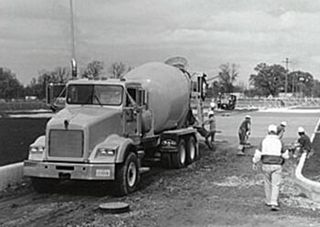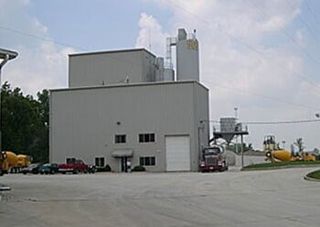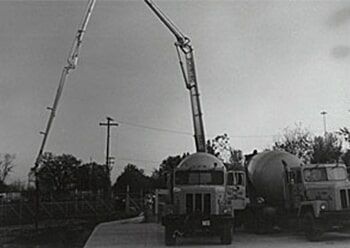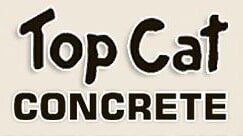FREQUENTLY ASKED QUESTIONS IN WESTERVILLE, OH
Q: WHAT MAKES GOOD QUALITY CONCRETE?
A:
There are several basic requirements for good quality concrete:
- Good materials: cement, aggregate, admixtures and water
- Proper proportioning of these materials
- Thorough mixing
- Skillful placing and finishing
- Proper curing
- Sealing

All of these requirements are important, and failure to satisfy any one of them will often result in a reduction in quality. The materials used by Top Cat Concrete
meet quality requirements. The specifications relate to important properties such as amounts of nondurable substances permitted in aggregates and how fast the cement will set and gain strength. Multiple tests are conducted to verify that the materials we use meet and exceed applicable specifications.
Another key to having excellent concrete is proportioning. Proportioning is simply deciding how much of each ingredient will be put in the concrete. A temptation to use too much water generally results from an effort to make placing operations easier for the contractor. Overly wet concrete flows into the forms more readily, is easier to compact and to strike off.
Everything about overly wet concrete is easier, except the maintenance problems that will begin to appear on a surface that could just as easily have been trouble-free for many years.
Q: WHY IS TOO MUCH MIXING WATER DANGEROUS?
A:
Simply because excessive water makes a more dilute cement paste. Not all of the water in any concrete reacts with cement, and when there is an excessive amount of water, it leaves small voids in the hardened paste. This makes the concrete weaker, more porous and less durable.
Q: WHAT ARE TYPICAL CONCRETE REQUIREMENTS FOR AROUND-THE-HOUSE FLATWORK-PATIOS, WALKS OR DRIVEWAYS?
A:
The contractor should provide the ready mix producer with the following basic information:

Maximum size of coarse aggregate. Usually, we recommend #57 stone.
Slump of the concrete. Slump is a measure of how readily a concrete flows. Slump values are determined by test. Increasing the water content increases slump, and a slump that is too high indicates that too much water may have been added to the concrete. A 4 to 5-inch slump will give a good, workable mix. A stiffer mix (lower slump) will usually be more difficult to place and a wetter, soupy mix won't be as strong and durable.
Strength required. In severe climates where concrete will be exposed to freezing and thawing, a compressive strength of about 4,000 pounds per square inch (PSI) is a common specification. Strength is measured on standard test cylinders cured under standard conditions. A strength of 3,000 to 3,500 PSI at 28 days is adequate for nearly all concrete not exposed to numerous freezing and thawing cycles or to deicing salts.
Air-entrainment. Entrained air is air that is purposely incorporated into a concrete mix, primarily to make the concrete resistant to deterioration caused by freezing and thawing and the use of deicing salts. To be effective for this purpose, the air content should be about 6 percent. The air bubbles also make the concrete easier to work because they act as a lubricant. For this reason, some builders prefer to use air-entrained concrete for most flatwork around the home, whether or not the flatwork will be exposed to freezing and thawing.
Q: WHAT IS CURING?
A:
A chemical reaction between cement and water makes concrete strong and durable. The purpose of curing is to make sure that little or no water is lost from the concrete during the early stages of this chemical reaction.
Q: HOW IS CURING ACCOMPLISHED?
A:
The newly placed concrete should be covered or sprayed with a material that will retain the moisture within the mix. Membrane curing compounds sprayed on the surface are the materials most commonly used. They are very convenient, but they must be applied immediately after the concrete is given its final finish, and care must be taken to apply them thoroughly and uniformly. Coverings used to cure concrete include wet burlap, plastic sheets and Kraft paper. If burlap is used, it must be kept continuously wet. The curing process should be continued for at least 72 hours and twice as long if the temperature is below 50 degrees F.

Q: WHY SHOULD YOU SEAL YOUR CONCRETE?
A:
Unsealed concrete easily absorbs water. Trapped water can lead to costly repairs in just a few seasons due to frequent freeze/thaw cycles within the concrete. Properly sealed concrete provides a breathable barrier that repels surface water and debris, keeping your concrete looking clean and beautiful and protecting it.




